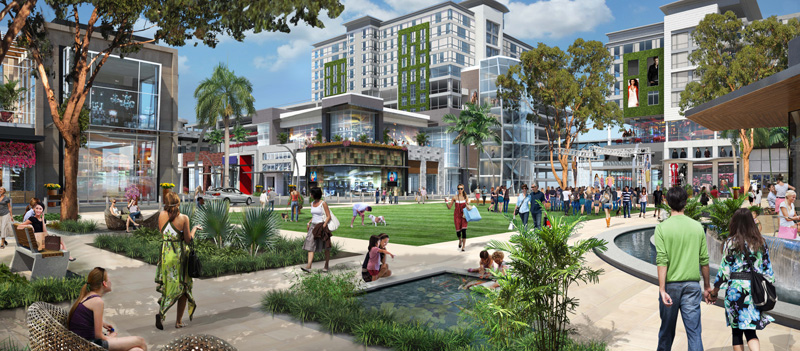Visited Miami Beach many times when younger and the South Beach area once, and I did not approve. The only thing that really interested me were the lessons learned from the Art Deco architecture. For one, Miami has the largest concentration of such buildings in America anywhere outside of NYC. The reason? The city fell into such disrepair in the latter half of the 20th century that nobody cared to raze the glorious old structures and make something new. Disinterest is great for architectural preservation. The other more trivial items were fun. For instance, the exterior walls of the edifices were often built significantly higher than the penthouse apartment to make it look like there was an extra floor at the top, allowing mobsters to build open-air gambling parlors on roofs that were shielded from prying eyes, even binoculars, of police on the street.
Investors certainly care about Miami now, at least until it drowns, and the city is one of the places in the U.S. that is currently urbanizing its suburbs, which sounds odd, but there’s a demand even from those who don’t embrace cities with big shoulders to reside in a place where there’s some there there.
From the Economist:
Today the fad in south Florida is not golf villages or retro towns but ready-made city centres. Half an hour’s drive south of Sunrise, another Metropica-like development, City Place Doral, is under construction. Two others with even taller towers, Miami Worldcentre and Brickell City Centre, are going up in central Miami. A huge development called SoLe Mia will rise in north Miami. All will combine “walkable” shopping streets, offices and homes—mostly two- and three-bedroom flats in towers. Like a rash, similar developments are popping up in other American states and as far away as China and Vietnam.
Builders call these developments “mixed-use”, a term that fails to capture what they are up to. The idea of combining flats, offices and shops even in a single building is not new: look at an old New York district like Chelsea. Metropica and its kin try to create urban cores in places that lack them. Whereas new urbanist settlements often promote a small-town ideal, these sell big-city life, which is why they have words like “metro”, “city” and “centre” in their names. The salesmen claim that residents will be able to live, work and be entertained in a single district.
Ersatz city centres are multiplying now partly because it takes about this long after a financial crisis to begin a big project. Another reason is the rising price of land. Jeffrey Soffer of Turnberry Associates, a big Miami developer, points out that south Florida has almost run out of room to sprawl. Pinched between the Everglades in the west and the Atlantic in the east, it must go up. And although some cities, including Miami, are probably building too many high-rise flats, demand is fairly strong. Foreigners want to own them (most of the people buying flats in Metropica are Latin Americans) and young Americans want to rent them, partly because they find it hard to get mortgages to buy family homes. The towers are growing bigger: 48% of flats constructed in America in 2014 were in buildings with at least 50 units.•

